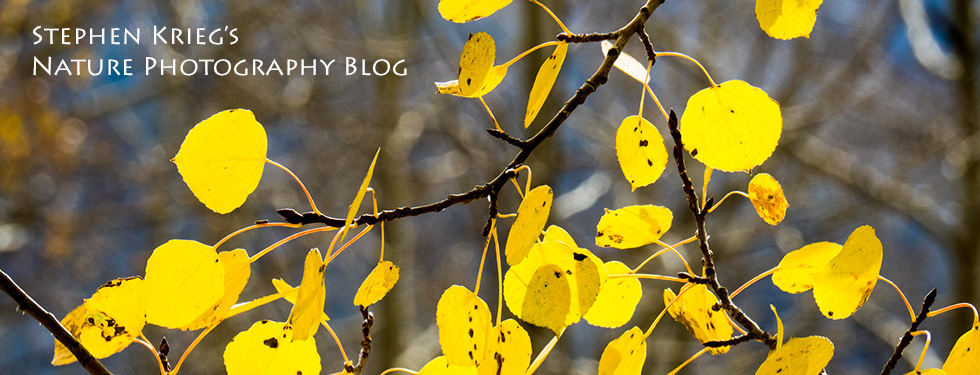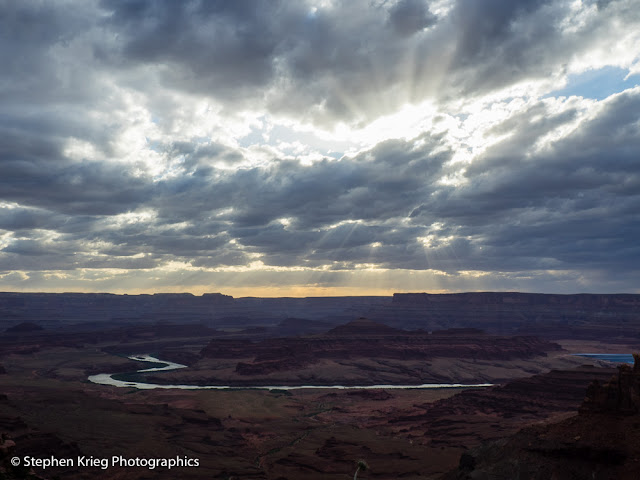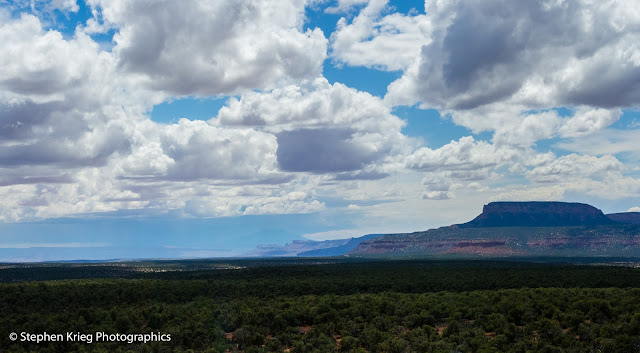 |
| Sunrise colors over the La Sal Mountains, May 22. |
 |
| Sunrise colors over the southern end of the La Sals. |
So rich, in fact, that I found myself reluctant to leave. I was feeling relaxed, rejuvenated and serene. It was time to explore a few more nearby places.
One stop was the Wine Glass, a fantastic study in sandstone erosion. Since the sun was not yet up, the light was soft and graceful.
 |
| The Wine Glass. Stone falling apart creates such beautiful sculptures. |
 |
| The sunrise flare begins. |
 |
| "Sunrise flare" closeup and La Sal Mountains. |
 |
| Sunrise flare panorama. |
 |
| Post-sunrise sunbeams over the La Sal Mountains. |
 |
| Post-sunrise, early morning sunlight shafts, and high desert trees. |
Then it was on to the Needles Overlook. Given the past two days of high winds, there was a lot of dust in the air. Plus some moisture from a rain shower. Which meant quite a bit of haze. Which I minimized in post processing in Adobe Lightroom after the shoot.
 |
| Needles Overlook: looking south toward the Six Shooter Peaks and the Abajo Mountains. |
 |
| Needles Overlook panorama, looking south. |
 |
| Needles Overlook, looking north. |
© Copyright 2016 Stephen J. Krieg










































